Right at the foot of Con Son mountain, under the immense pine forest is a field of immense roots. An eye-catching green color, speckled with tiny white flower buds and a strong scent create a peaceful beauty for the Northern countryside.
The vast field of flowers and roots in Hai Duong
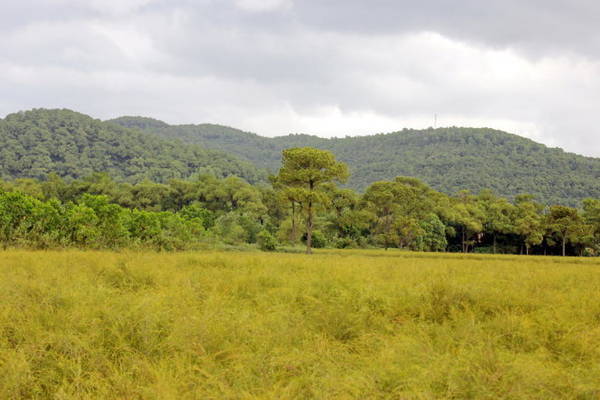
Pine forests and root fields are very familiar to people here – Photo: Phuong Hue
About 70km from Hanoi, located at the foot of Con Son mountain, just over 1km from Con Son relic site, Chi Linh town, Hai Duong, the immense root field is in the harvest season.
The green branches, swaying in the wind, make everyone want to take off their shoes and surf on that ecstatically beautiful wave. Standing on the road looking at the bare stumps after harvest still exudes a rustic and poetic beauty.
Ask the people of Chi Linh, there is no one who does not know about the root tree. It is even possible to tell the legend of the origin of the tree.
The root tree is also known as the Thanh Hao tree. People call it with the rustic name of the root tree because after harvesting, the root tree will be dried and used as a root broom that people often use to sweep the rice fields (ie the flat seeds, the rice leaves, the striped leaves are mixed in). paddy), cement…
The smell is pleasant, so the root is also used as medicine. People with abdominal pain can burn a broom root to smell the scent to be cured.
The root tree was planted a long time ago, several hundred years ago, from the time when “he planted pine, she transplanted roots”, said a salesman at the Con Son relic site. According to legend, it was the time when Tran Nguyen Dan retired to hiding, he planted pine trees on Con Son mountain, and his wife persistently planted roots at the foot of the mountain.
Now, pine and roots are two familiar trees, typical trees of the land of Chi Linh, the land of the great spirit, and the saying “he planted the pine, she transplanted the roots” has become a popular saying of the people here.
The roots have been planted for a long time, year after year, people only cut off the roots to make brooms, but the root remains inert with the same time. The fallen coniferous layer also forms a thick layer of humus.
The tree’s roots are not high, just as tall as rice, about 0.5 – 1m. The leaves are as small as needles, less than 1cm long, growing in branches arranged around the branches. The branches are dark brown, the larger the branches, the older, the darker the color, the young branches are yellow, only slightly brown.
Root flowers white, growing from the leaves, green calyx quite large compared to flowers. When old, the flowers fall, leaving the calyx to gradually turn brown, looking like the fruit of a tree.
Especially the scent of the tree, a characteristic smell of the throne, lightly fragrant, faint. Walking on the road, suddenly there is a wind, and you can also feel the faint scent of the tree roots.
Going on the village road, in the season, you will see the yard is covered with roots. After drying in the sun for a few days to dry, then start pounding to clean the leaves, bundle them and weigh them.
Ms. H, a hired root cutting farmer, said that the roots were “cut and sold to the cement company, which they used for sweeping”. The price is about 5,000 VND/kg. She also said that cutting roots is not as easy as cutting rice, because the stem is much tougher than rice.
“But as easy as rice, it is not tiring. Without effort, the tree would not have this value,” she said.
In the harvest season, the fields of roots are scattered with the silhouettes of people cutting roots. Roots are usually harvested around the end of October, early November. Because of the dry season, the roots dry quickly. And when the roots are cut, prepare for the spring rain, the roots grow back very quickly.
In June, people also cut their roots. But that’s just pruning, not the main harvest season.
The root fields are poetic, idyllic and rustic, so they are quite attractive to visitors to take pictures. Every day someone comes to take pictures. There are tourists from far and wide coming here just to admire the idyllic beauty of this place.
Many wedding couples also choose this dreamy field. However, because many people take pictures and destroy the trees, people here have to be careful. Young people who want to take pictures should stand on the edge of the field, even if they go to the field, they should be gentle, not cleverly stepping on the tree.
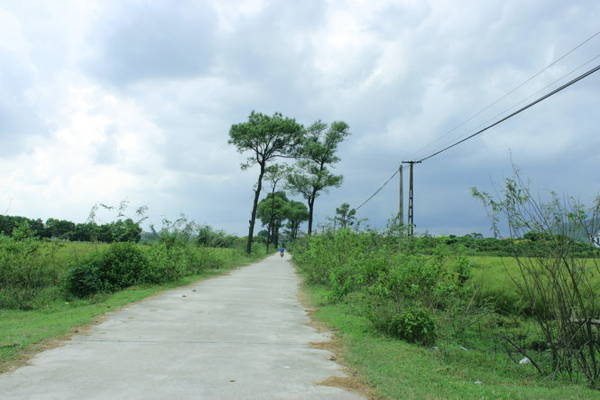
A poetic road, two rows of pine trees and two fields of roots on either side – Photo: Phuong Hue
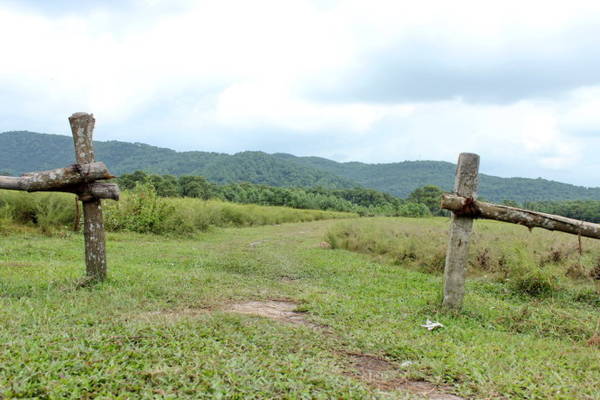
A path leading down to the root field – Photo: Phuong Hue

Beautiful white tiny root flowers – Photo: Phuong Hue
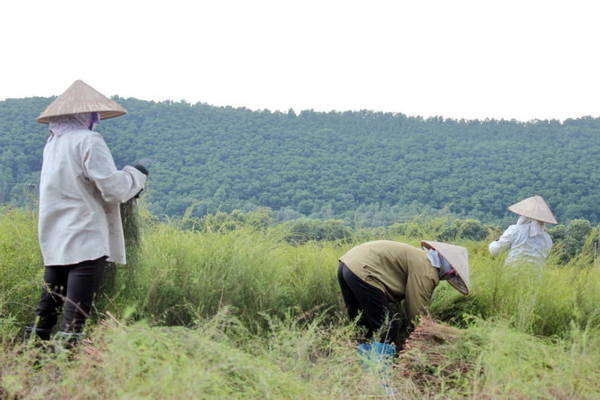
People cut roots in the field – Photo: Phuong Hue
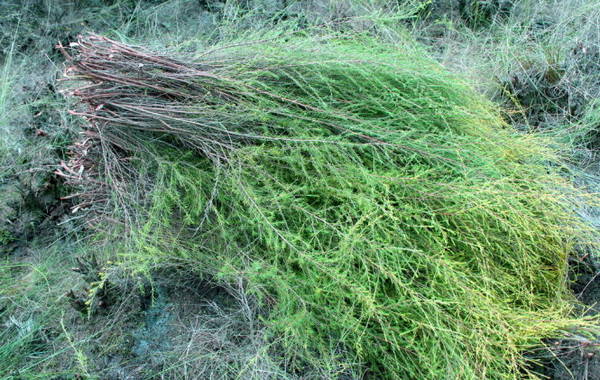
The cut roots are neatly folded, bundled and transported to the drying house – Photo: Phuong Hue
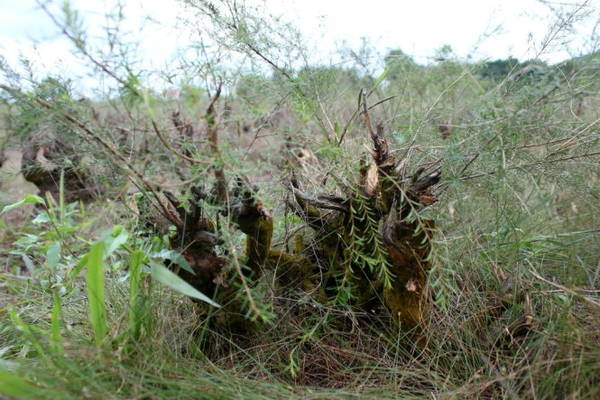
The stump is small but moldy over time with a layer of moss – Photo: Phuong Hue
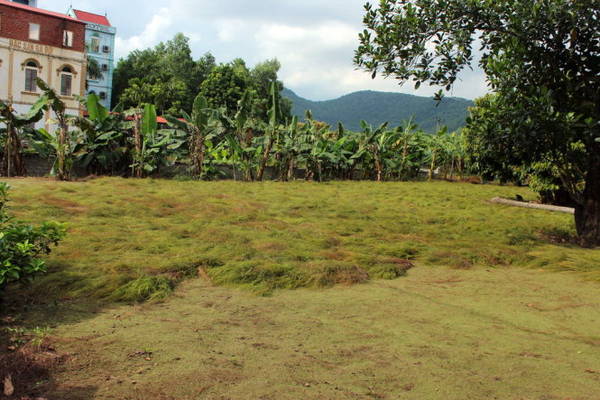
A whole yard of roots is being dried in the sun – Photo: Phuong Hue
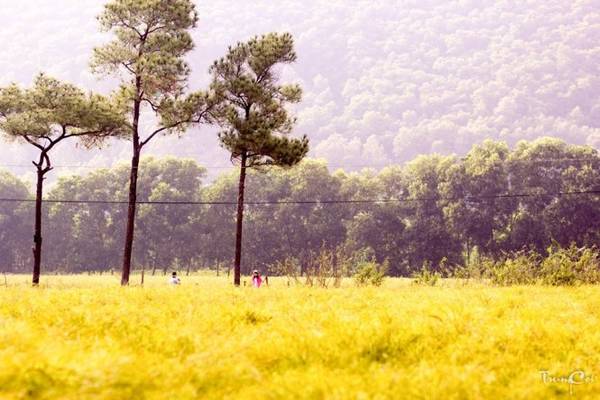
Many tourists travel from far away to take pictures with the field of roots – Photo: Phuong Hue
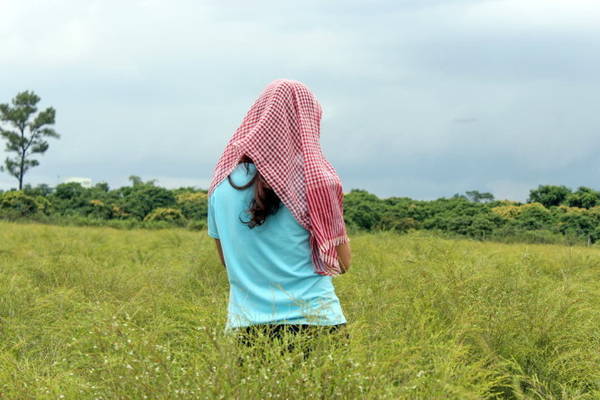
Unforgettable moments with co-roots – Photo: Phuong Hue

Pine flowers, root flowers, two types of flowers of the typical tree of the land of genius – Photo: Phuong Hue
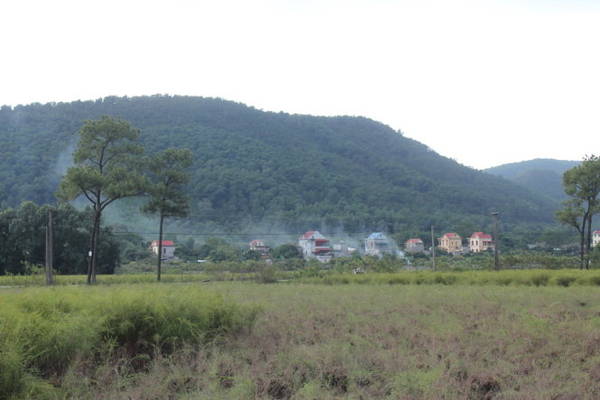
When the sun is out, the smoke from the kitchen creates a blurry and peaceful beauty – Photo: Phuong Hue
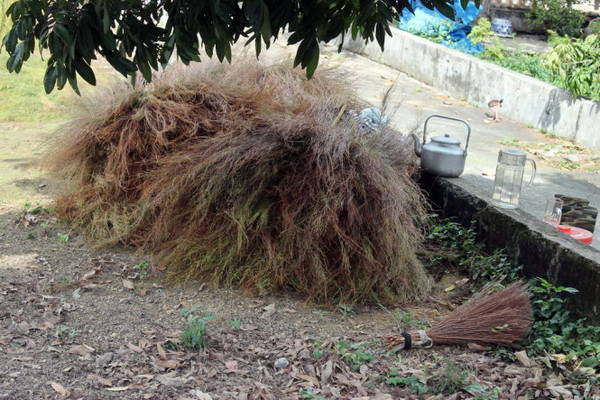
The root broom is used to sweep the fields (ie flat seeds, rice leaves, and rice bran mixed with rice) – Photo: Phuong Hue
Source: Collected internet.